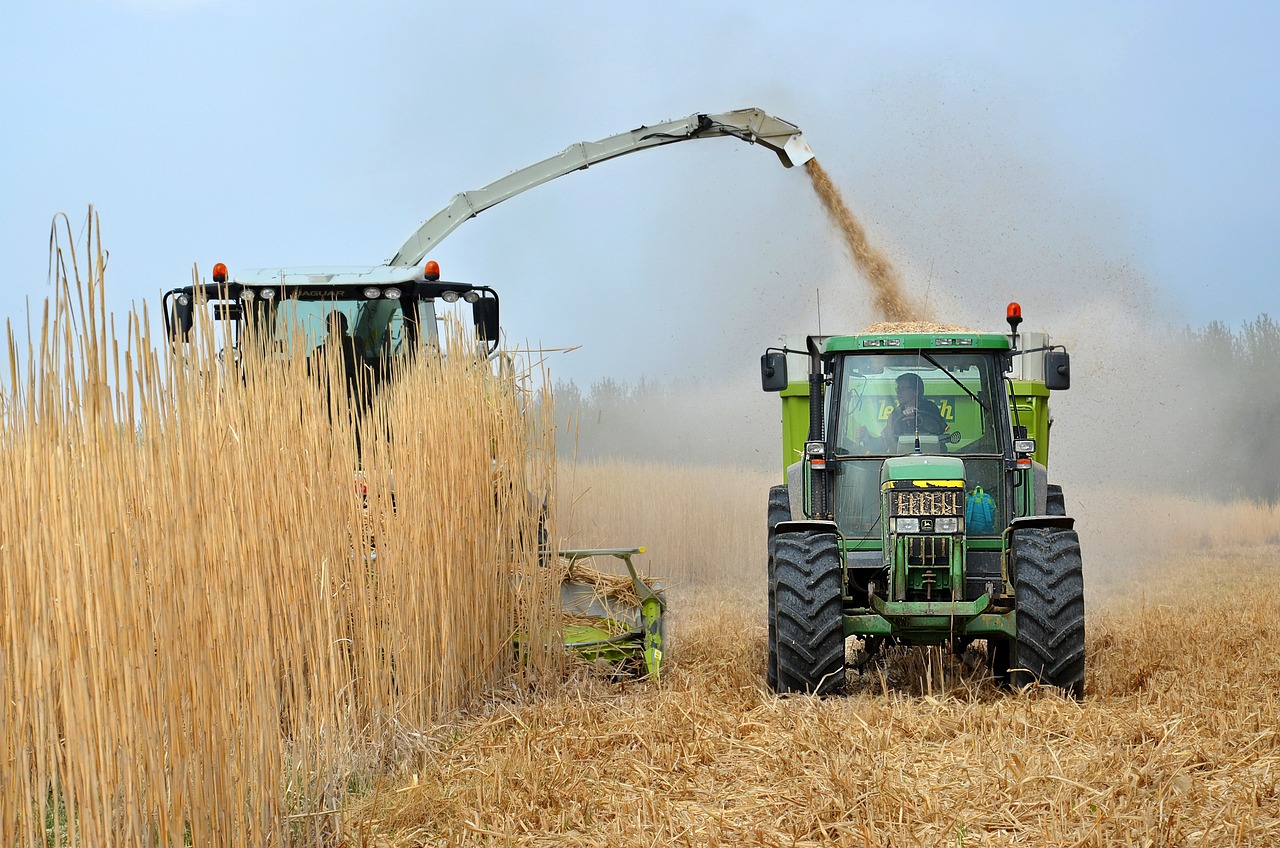A problem in the plastics and chemicals industry has always been finding more sustainable feedstocks without developing different production lines. This is exactly what the mass balance approach helps with. It enables businesses to transition to more sustainable options gradually. Its main objective is to transform the whole industry and make it more sustainable. It focuses on implementing chemicals with renewable and recyclable items in the existing processes and systems while ensuring similar quantities and allocating them to specific products.

Even though the actual molecules of the product don’t need to be renewable or recyclable, a third-party certificate needs to verify it. This will, in turn, help the chemical industry to turn to more sustainable options and enable significant savings where CO2 emissions are concerned.
This article further explores the practicality of mass balancing, allowing certifiable sustainability claims for products with complex production histories.
Why Should You Choose the Mass Balance Approach?
The feasibility of the mass balance approach’s application is one of its main advantages. Due to the lack of physical separation of the sustainable product, the implementation cost is minimal. The existing production system seamlessly incorporates the product. A tracking system will not be necessary when society is entirely circular because all production value chains would be sustainable and circular. The mass balance will be a workable solution to close the deficit in the interim. We should support it and inspire businesses and brand owners to participate in this value-tracking exercise. Sustainability is fundamentally a collective effort, and how engaged everyone is affected by its success.
It is accurate to say that mass balancing is an integrated strategy to document the amount of sustainable content moving throughout the value chain. Mass balance won’t be required until we create a circular society. However, we need drivers to get us there before the perfect world becomes a reality.
What Makes Mass Balance Approach Necessary?
The main challenge is understanding where each material gets used in the production process and where they finally end up. In quite a few cases, this will require strict segregation, which is not feasible in many chemical processes.
To achieve that, you might have to set up a different production line, using more energy and resources. This is exactly the opposite of what the mass balance approach is set to do. Many chemical processes also make it impossible to identify each of the compounds.
This is because of their continuous throughput and the nature of their complexity. Hence, the feedstock cannot switch completely in one go, and differentiating feedstocks is impossible. Therefore, the mass balance approach will require other methods to ensure a reliable record of the material’s chain of custody.
Utilizing a Mass Balance Approach
Mass balance can be easily implemented, and it doesn’t cost much. Additionally, modifying your current production line without making any new financial investments is unnecessary. You need a precise, accurate and transparent record of the input of sustainable or bio-attributed materials utilized after participation in this certification and a record demonstrating the equal volume declared soled.
Conclusion
All in all, the mass balance approach helps keep a note of the material composition, chain of custody along overall greenhouse gas emissions of biofuel. In addition, many other industries like food, textiles and biomass can benefit from this approach and are incorporating mass balance.
